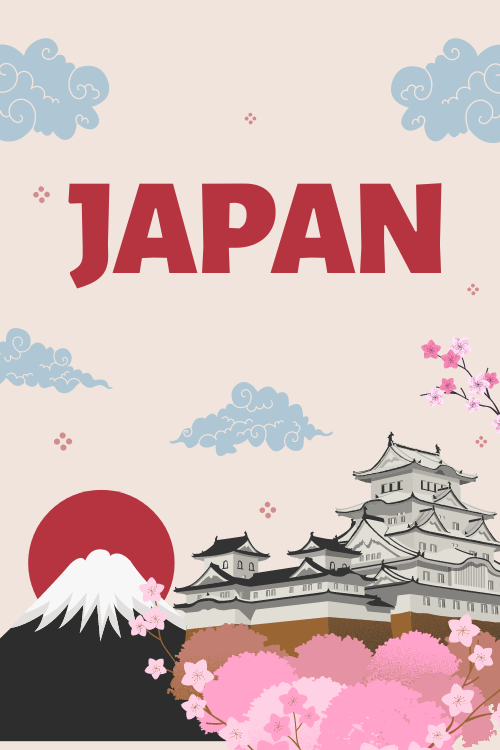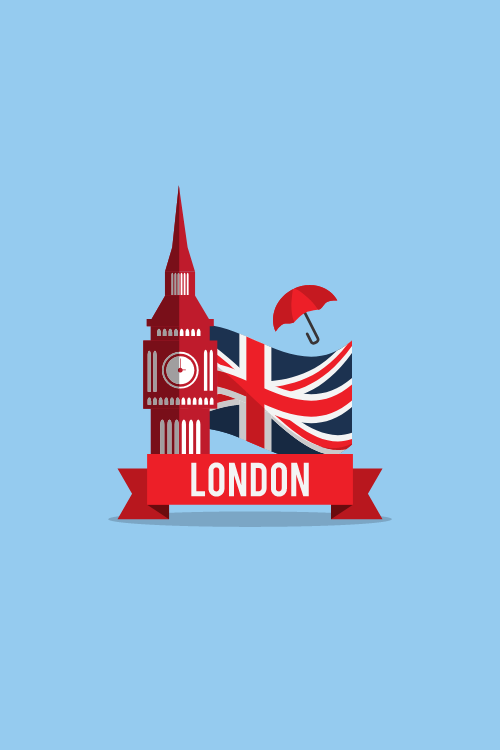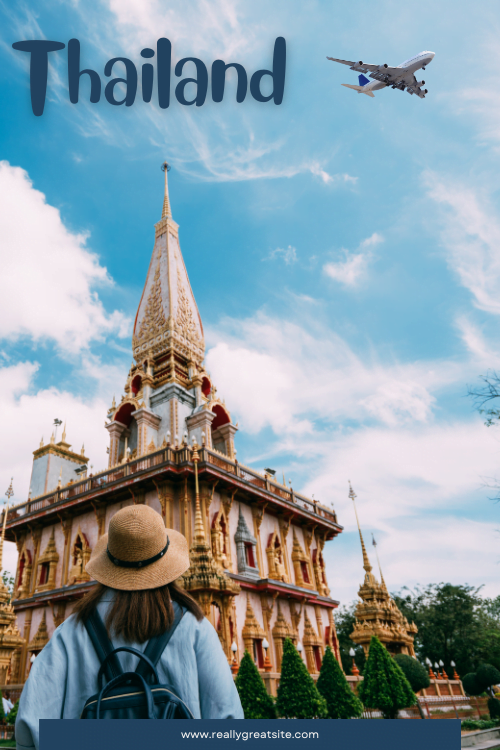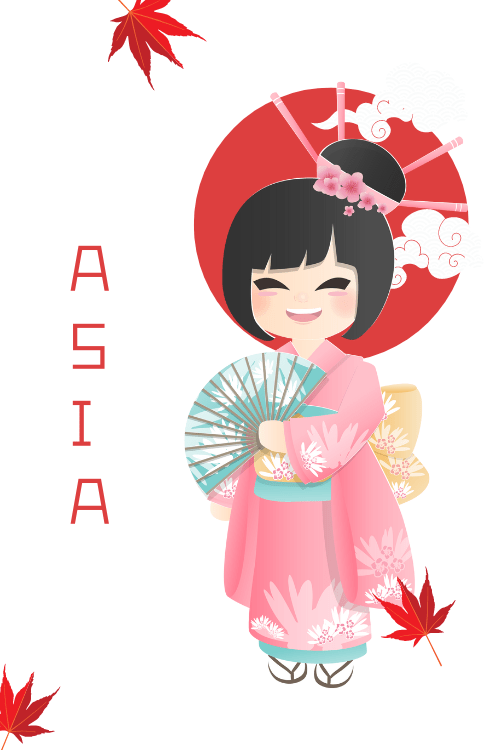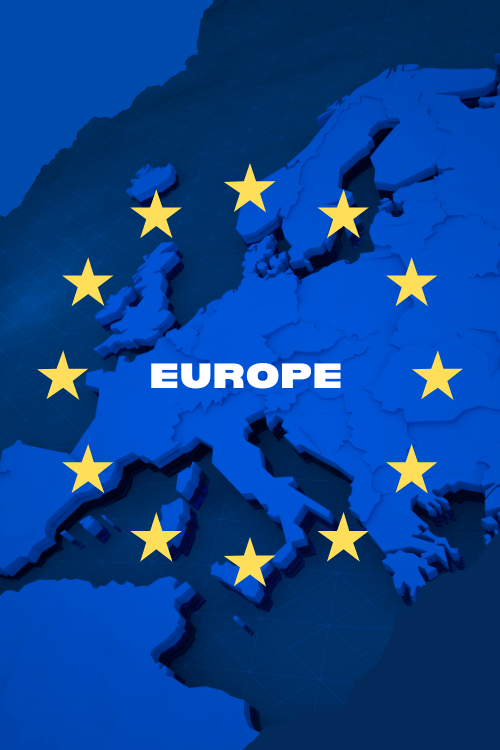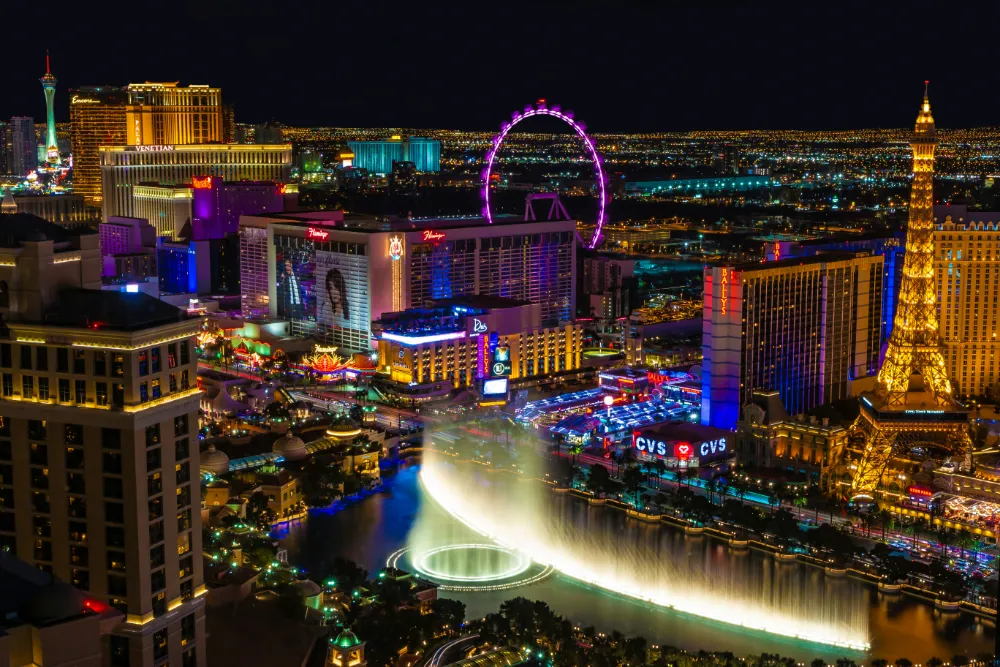Best Time To Visit, eSIM USA
When is the Best Time to Visit Vegas? Wether, Crowds, Activites…
Determining the “best time” to visit Las Vegas isn’t simple. The optimal period hinges on personal preferences, budget, crowd tolerance, and desired experiences.
For sunshine and comfortable exploring temperatures, spring (March-May) and fall (September-November) are often prime. Budget travelers might find summer’s heat a worthwhile trade-off for deals, while winter offers festive charm. Ultimately, the ideal time is deeply personal.
Why Timing Your Vegas Trip Matters More Than You Think
Las Vegas’s year-round allure is undeniable, yet the city transforms with seasons and its event schedule. These shifts profoundly impact the visitor experience, from comfort to cost.
Weather is critical. Las Vegas, in the Mojave Desert, has extreme climates. Summers bring scorching temperatures often exceeding 100∘F(38∘C), making daytime outdoor activities challenging. Winters are cooler, while spring and fall offer temperate weather, influencing how much time can be comfortably spent outdoors.
Crowd dynamics are pivotal. Visitor numbers fluctuate dramatically. Peak seasons, holidays, and major events mean larger crowds and longer queues. Those seeking a relaxed pace should avoid these peaks.
Linked to crowds is price volatility. High demand (New Year’s Eve, F1 Grand Prix, CES) means substantially increased flight and accommodation prices. Lower demand periods can offer savings.
Finally, the event calendar shapes the experience. World-class concerts, residencies, festivals, and trade shows fill the schedule. A specific event might be the main draw for some; for others, unawareness can lead to unexpected costs and crowds.
Understanding these four factors—weather, crowds, price, and events—is fundamental. It’s rare for all to align perfectly. Pleasant spring/fall weather often means more visitors and higher prices. Summer heat may lower accommodation costs but limits outdoor activity. The “best time” is a personalized calculation based on these interconnected variables.
Decoding “Best”: What’s Your Vegas Priority?
The “best” time to visit Las Vegas is subjective, as each traveler has unique priorities. Identify what’s most crucial: basking in perfect weather, securing low prices, avoiding crowds, diving into pool parties, catching specific shows, or attending a festival?
The following table matches common travel priorities with recommended periods and highlights key considerations, allowing a targeted approach.
Table: Best Time to Visit Vegas: Match Your Priority
| Your Vegas Priority | Recommended Months/Periods | Key Considerations/Trade-offs |
| Ideal Weather Seeker | March-May, September-November | Generally higher prices, booking in advance is advisable, be mindful of specific event dates. |
| Budget Backpacker | June-August (hottest), January (post-NYE, pre-CES), Mid-week | Extreme summer heat requires focus on indoor activities; winter can be cold. |
| Crowd Avoider | Mid-week (year-round), Early December, January (specific lulls) | May coincide with less ideal weather; “quiet” is relative in Vegas. |
| Pool Party Enthusiast | April-September/October (peak: May-August) | Peak summer means extreme heat outside the pool; events can be pricey. |
| Entertainment Aficionado (Shows) | Year-round | Availability/pricing can be affected by overall tourist volume; book popular shows ahead. |
| Festival Goer | Varies by specific festival (e.g., EDC in May, Life is Beautiful in Sept) | Book travel and accommodation far in advance; expect peak crowds and prices around the event. |
| First-Timer Seeking Balance | Spring (March-May), Fall (September-November) | Aim for periods without massive city-wide events for a better introductory experience. |
Best Time for Ideal Weather (Sunshine & Pleasant Temperatures)
For many, pleasant weather is paramount for strolling the Strip or al fresco dining. Spring and fall offer the most reliably comfortable conditions.
Spring (March-May) is lauded for its delightful climate. Daily highs typically range from 70s−90s∘F (21−32∘C), creating “PERFECT conditions for walking along the famous Strip Boulevard”. Sunny days transition to cool evenings. March can be windy, and May sees temperatures climb.
Fall (September-November) mirrors spring, offering respite from summer heat with temperatures 60−80∘F (15−27∘C). These months are “perfect for days by the pool, but it won’t be too sweltering for exploring”. October weather is often “spectacular”. Early September can retain summer warmth.
While these periods are broadly recommended, “ideal” is subjective. Pool-goers might prefer late spring/early fall; hikers might prefer cooler early spring/late fall. Check specific monthly forecasts.
Best Time for Budget Travelers (Lowest Prices on Flights & Hotels)
Cost is significant, and Vegas offers periods for deals on flights and accommodations, often when demand is suppressed by weather or a lull in events.
Summer (June-August) is often cited for savings. Extreme heat (>100∘F) deters some, leading to competitive pricing. However, summer also sees “prices skyrocket due to peak tourism,” reflecting different market segments: some are deterred by heat, while it’s a traditional vacation time for others. Deals are often for those braving heat for indoor activities.
January, after New Year’s and before major conventions like CES, is another budget window, frequently the “cheapest month to go to Vegas” for flights.
Traveling mid-week (Monday-Thursday) is a consistently effective strategy year-round. Weekend hotel rates and flight prices surge. Mid-week travel can mean dramatically lower accommodation costs and fewer crowds.
Some shoulder months (September-November) offer cheaper plane tickets if avoiding major events. Achieving a budget trip involves targeting low-demand periods, checking event calendars, prioritizing mid-week travel, and smart booking. Be aware of mandatory resort fees.
Best Time to Avoid Crowds
For a more serene experience, identify periods with fewer tourists. These often overlap with budget advantages.
Mid-week travel is primary for dodging large throngs, with noticeably fewer people in casinos and restaurants.
Specific times like January and February (post-New Year’s, pre-spring break/conventions) are often less congested. The two weeks before Christmas can feel “pretty EMPTY.”
Summer (June-August), despite potentially high visitor numbers, can feel less crowded in some aspects as heat encourages indoor stays. “Less crowded” in summer is relative and means extreme temperatures. Avoiding crowds in Vegas often involves compromising on weather or event availability.
Best Time for Pool Parties & Day Clubs
Las Vegas’s legendary pool party scene has a distinct season, primarily April through September/October. Spring sees pool clubs open, with parties ramping up. Peak summer (June-August) is when the scene is in full swing, as heat makes pools the daytime social epicenter. These popular events can have significant entry fees and drink prices.
Best Time for Shows & Entertainment
Las Vegas, the “Entertainment Capital of the World,” offers shows year-round. New shows or residencies sometimes launch in fall. While shows are consistently available, demand for tickets (and price/ease of booking) fluctuates with tourist volume. During peak periods (holidays, conventions, festivals), competition for tickets is higher. Booking popular shows in advance is highly recommended.
Best Time for Major Events & Festivals
Las Vegas’s calendar is packed with events like CES (Jan), Super Bowl weekend (Feb), NASCAR (Mar), Electric Daisy Carnival (EDC, May), Life is Beautiful (Sept), Las Vegas Pride (Oct), Formula 1 Grand Prix (Nov), and the National Finals Rodeo (NFR, Dec). These draw huge crowds and define the city’s atmosphere.
For attendees, event dates dictate the “best time.” For others, awareness is crucial to avoid surges in crowds and prices. These “micro-seasons” can override typical seasonal trends. The F1 Grand Prix makes November exceptionally expensive. CES spikes January prices. Consulting event schedules (e.g., Las Vegas Convention and Visitors Authority) is paramount to avoid unintentional clashes or, if attending, to book far ahead and expect premium pricing.
This “Invisible” SIM Card is Saving Ordinary Travellers Hundreds on International Trips
You see those travelers glide through airport arrivals – calm, internet connected, already booking their ride-share while others are frantically searching for Wi-Fi or queuing at chaotic phone kiosks…
What’s their secret?
When you travel overseas you’re either paying insanely high data-roaming fees from your home carrier or frantically hunting down some local SIM card kiosk the second you land, wasting precious vacation time just trying to get your phone working.
One leaves you with a bill that leaves a sour taste in your mouth after a great trip. The other eats into your actual holiday, causing stress and hassle when you should be exploring.
But what if I told you that ordinary travelers just like you have figured out a way to completely bypass this frustrating experience?
They’re using something most travelers don’t even know exists… a kind of “invisible” SIM card technology that you likely already have on your phone right now.
And it’s allowing them to tap into super-cheap, high-speed data anywhere in the world… without swapping cards, without visiting a store, and without getting ripped off.
It’s called an eSIM.
And eSIM4.com makes getting one simple.
Here’s how it works:
- Step 1: Go to eSIM4.com.
- Step 2: You pick your destination, choose a data plan.
- Step 3: We send you a simple QR code. You scan it with your phone’s camera.
Your new travel SIM is installed in under 3 minutes!
The moment your plane’s wheels hit the tarmac overseas? Your phone instantly connects to a fast, local network.
No queues. No fumbling with tiny plastic chips. No nasty bill shock.
Just seamless, affordable data letting you use Google Maps, WhatsApp, Uber, Instagram… whatever you need… right away.
This is how travel is supposed to work. And it’s saving people like you hundreds of dollars on a single trip.
Stop letting the big phone companies treat your travel budget like their personal ATM. Stop wasting your valuable vacation time being disconnected or stressed.
Join the smart travelers who’ve already made the switch.
CLICK HERE TO GET STARTEDLas Vegas Through the Seasons: A Comprehensive Breakdown
A closer look at each season offers a holistic view of conditions, pros, cons, and atmosphere. The following table provides a comparative snapshot.
Table: Vegas Seasonal Snapshot
| Season | Months | Avg. Temp Range (°F/°C) | Weather Highlights | Pros | Cons | Typical Crowd Level | Key Vibe/Events |
| Spring | Mar-May | 70−90∘F / 21−32∘C | Sunny, pleasant, occasional wind (esp. Mar) | Ideal for outdoors, pool season starts, vibrant atmosphere | Can be windy (Mar), prices rising, Spring Break crowds | Moderate to High | Spring break, early pool parties, outdoor festivals (e.g., EDC in May) |
| Summer | Jun-Aug | 90−115∘F+ / 32−46∘C+ | Very hot, intense sun, possible monsoon storms | Potential for hotel deals, peak pool party season | Extreme heat limits daytime outdoor activity, high humidity during monsoon | High (varies) | Focus on pools & indoor activities, 4th of July |
| Fall | Sep-Nov | 60−80∘F / 15−27∘C (cooling trend) | Warm days, pleasant evenings, generally sunny | Excellent weather, pools often still open, festivals | Can be pricey with events (e.g., F1 in Nov), pools start closing late | Moderate to High | Major festivals (Life is Beautiful), Halloween, F1 Grand Prix, NFR starts |
| Winter | Dec-Feb | 37−57∘F / 3−14∘C | Cool to cold, brisk, occasional rain/wind | Festive holiday period, deals in lulls (early Dec, mid-Jan) | Cold for extensive outdoor activity, peak prices/crowds for NYE/CES/NFR | Varies (Low to Extreme) | NFR, Christmas/NYE, CES, Super Bowl weekend |
Spring (March-May): The Reawakening
Spring in Las Vegas is a period of reawakening with pleasant weather (highs 70−90s∘F), ideal for outdoor activities. Days are sunny, evenings cool. Pool season begins, and the city feels vibrant.
However, March can be windy. As a popular season, prices are higher. Spring break crowds (March/April) increase demand. Key events include March Madness, St. Patrick’s Day, NASCAR, and EDC in May. Spring is excellent for comfortable exploration and early pool season but means rising energy and costs, especially around major events.
Summer (June-August): Sizzle, Savings, and Pools
Summer brings intense heat (often >100∘F; record 117∘F). Mid-July can bring monsoons. This heat can lead to budget hotel/flight deals, appealing to those focused on indoor activities or peak pool parties. The main drawback is extreme heat, making daytime outdoor activity challenging. Visitor numbers can be high due to school holidays. Value is for heat-proof itineraries. Key events include Fourth of July, with a focus on pools and indoor entertainment.
Fall (September-November): The Golden Season
Fall, the “golden season,” sees temperatures cool (60−80s∘F by November), ideal for all activities. Pools often remain open. Fewer crowds and reasonable prices are possible, but popular weekends and major events (Life is Beautiful, iHeartRadio Music Festival in Sept; Halloween; PBR World Finals; F1 Grand Prix in Nov; NFR starts late Nov) cause surges. The F1 Grand Prix makes November exceptionally busy and costly. Fall offers excellent weather, but check event calendars meticulously.
Winter (December-February): Festive Chills & Indoor Thrills
Winter brings cooler temperatures (highs 30−50s∘F), brisk evenings, and a festive holiday atmosphere (Christmas/NYE). It’s good for indoor activities. Budget deals are possible in lulls (early Dec; mid-Jan post-NYE/pre-CES).
Drawbacks include cold for outdoors and most pools closed. Winter has extreme contrasts: quiet lulls versus massive crowds/prices for the National Finals Rodeo (NFR) in December, New Year’s Eve, CES in January, and Super Bowl weekend in February. Precise timing within winter is critical; consult event calendars.
Month-by-Month Snapshot: What to Expect in Vegas Year-Round
Here’s a brief overview of each month (average temperatures approximate):
- January: Cool. Post-holiday deals, but CES brings huge crowds/high prices. MLK Day parade, Adult Entertainment Expo. (Avg. Temp: 37−57∘F)
- February: Cool. Super Bowl weekend, Valentine’s Day cause spikes. Chinese New Year, Mardi Gras. (Avg. Temp: 41−63∘F)
- March: Pleasant, warming. March Madness, NASCAR, St. Patrick’s Day. Spring break crowds. Can be windy. (Avg. Temp: 48−70∘F)
- April: Ideal spring weather. Las Vegas Spring Market, Clark County Fair. Pool season underway. (Avg. Temp: 55−78∘F)
- May: Warm to hot. Cinco de Mayo, Electric Daisy Carnival (EDC), Vegas UnStripped food festival, Memorial Day weekend. (Avg. Temp: 64−88∘F)
- June: Hot summer weather. Focus on pools, indoor activities. (Avg. Temp: 73−100∘F)
- July: Typically hottest month. Fourth of July. Monsoon season (humidity, storms). (Avg. Temp: 80−105∘F)
- August: Remains very hot. End of summer vacations. (Avg. Temp: 78−102∘F)
- September: Temperatures moderate. Labor Day weekend, Life is Beautiful, iHeartRadio festivals. (Avg. Temp: 70−95∘F)
- October: Often best weather. Halloween, Las Vegas Pride, PBR Finals. (Avg. Temp: 58−82∘F)
- November: Pleasant, cooler. FORMULA 1 GRAND PRIX dominates (extreme demand/prices). NFR may start. (Avg. Temp: 46−67∘F)
- December: Cool to cold. NFR early. Pre-Christmas quiet/deals, then massive crowds/prices for Christmas/NYE. (Avg. Temp: 37−57∘F)
Vegas has a dense year-round event schedule. Always check specific dates against event calendars.
Special Considerations for Your Vegas Trip
Beyond seasons, several factors influence your Vegas visit.
Visiting Mid-Week vs. Weekends: The Price & Crowd Difference
Las Vegas is a weekend hub. Mid-week (Monday-Thursday) offers significantly lower hotel rates, potentially cheaper flights, and fewer crowds in casinos, restaurants, and attractions. This is a powerful strategy for enhancing budget and comfort.
Impact of Major Conventions & City-Wide Events
Major conventions (CES, NAB) and events (F1, EDC, NFR) transform Vegas. Expect “wall-to-wall crowds, overpriced rooms, and impossible dinner reservations.” Hotel prices soar. Consult LVCVA event calendars before booking to avoid sticker shock and logistical issues.
Tips for First-Timers: Finding Your Balance
First-timers often seek balanced weather, manageable crowds, and access to iconic sights. Spring (March-May) and Fall (September-November) are often recommended, but check event schedules. Strategic planning (off-peak attraction visits, advance bookings) helps even during busier times.
Planning Your Perfect Vegas Visit: Actionable Tips
Translate knowledge into concrete planning actions for a memorable trip.
Booking Flights and Accommodation Strategically
Book ahead for peak times. Consider budget airlines. Compare hotel deals and packages. Target off-peak periods or mid-week for the best deals. Factor in mandatory resort fees. Tuesdays, Wednesdays, and Saturdays are often the cheapest domestic flying days; try to avoid Sunday departures.
Checking Event Calendars Diligently
Crucial: research Las Vegas event calendars (LVCVA, venues) before committing to dates. Pay attention to large conventions, sporting events, and festivals to avoid unintentional clashes with periods of extreme demand and inflated prices.
Packing Essentials Based on the Season
- Summer (June-August): Lightweight, breathable clothing. Prioritize sun protection (high-SPF sunscreen, hat, sunglasses). A reusable water bottle is vital.
- Winter (December-February): Pack layers, including sweaters, warm jackets, and long pants. A hat and gloves might be needed for evenings.
- Spring (March-May) & Fall (September-November): Layers are key. A light to medium jacket or sweater is advisable for cooler evenings. Comfortable walking shoes are essential year-round. If planning excursions to nearby natural areas, dress in layers.
Frequently Asked Questions (FAQ) about Visiting Vegas
Common queries answered:
Q1: What is the absolute cheapest month to visit Las Vegas?
A: Generally, January (after New Year’s, before CES) for flights; summer (June-August) for mid-week hotel deals (due to heat).
Q2: When is Las Vegas unbearably hot?
A: June, July, and August. Temperatures often exceed 100∘F(38∘C).
Q3: What are the best months for pool weather in Vegas?
A: Primary pool season is April-October. Peak months are May-September.
Q4: When is Las Vegas most crowded?
A: Major holidays (NYE, Memorial/Labor Day, July 4th), large conventions (CES, NFR), major events/festivals (F1, EDC). Weekends are consistently busier.
Q5: Does it ever snow in Las Vegas?
A: Snow on the Strip is rare. Surrounding mountains often receive snowfall.
Q6: Is there a “bad” time to visit Vegas?
A: Depends on preferences: summer if disliking heat; major event periods if disliking crowds/high prices; winter if wanting pools. Understanding patterns helps avoid your “bad” time.
Conclusion: Your Best Vegas Trip Awaits
The “best time to visit Las Vegas” is personal, aligning priorities with the city’s dynamic climate, crowds, pricing, and events. Spring and fall offer broadly appealing weather but can be busy and costly. Budget savings are possible in summer’s heat or specific winter lulls (avoiding major events). Mid-week travel is a key strategy for savings and fewer crowds.
Perhaps the most critical takeaway is the paramount importance of diligently checking comprehensive event and convention calendars before committing. With thoughtful planning and an awareness of Las Vegas’s dynamic nature, a truly memorable adventure awaits, perfectly timed to your individual desires and expectations.

